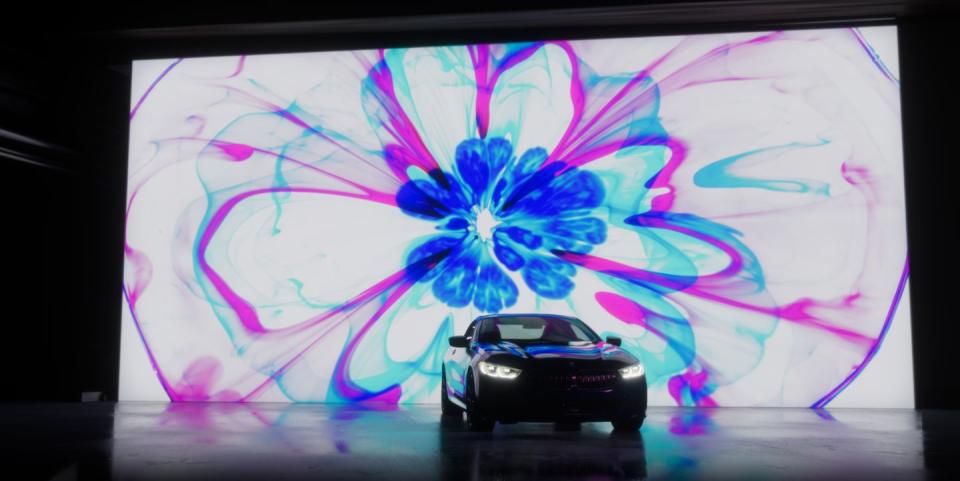Can You Tell the Difference between a Real and a Rendered BMW 8-series?

Unity Technologies has partnered with Nvidia on real-time ray tracing, which creates extremely realistic lighting and reflections for 3D renderings.
The two companies have collaborated with BMW, creating side-by-side video of the new 8-series in both real and rendered forms.
The new tech will be available to customers next year and is focused at the design, engineering, and marketing sides of the auto industry.
The use of 3D models and renderings has become widespread in the automotive industry in the past couple of decades, with the technology constantly improving and being used in more applications. (A rendering is essentially a fully realized computer-generated image created from a 3D model.) Designers use 3D models when developing a car, as do engineers, and it is increasingly common for renderings to completely replace photography in marketing campaigns and official image releases. Take, for instance, the Bugatti La Voiture Noire, the released "photos" of which consisted solely of renderings. Unity Technologies is a software company that creates development platforms for real-time 3D modeling for use in video games, movies, and more. Its products are widely used by companies like Audi and Toyota, with eight out of 10 manufacturers already using Unity to do design reviews, according to the company. Unity's newest development is the result of a partnership with graphics company Nvidia, and it aims to make high-quality renderings almost indistinguishable from the real thing.
Called real-time ray tracing, it creates "photorealistic image quality and lighting," essentially emulating the way that light behaves on a surface, which is something that Unity says was "once thought impossible" to achieve-and Unity says the ray tracing will be accessible for all kinds of consumers. It's all very complex, but Unity says it is possible to render the graphics in real time, instead of frame by frame, the way renderings of similar realism and complexity were done previously, and nothing more powerful than a laptop is necessary. Cars can be placed in any location, in any kind of lighting, and the environment can be perfectly replicated in reflections on the car.
To showcase the ray tracing tech, Unity and Nvidia have partnered with BMW, creating a demo reel featuring the new 8-series coupe bathed in extremely dramatic lighting, with the exact same video created in real life and in the digital world. Can you tell the difference between real and rendering? Use the polls below each video to vote on which clip you think is the real thing and which is the rendering:
As you can see from the above clips, the results achieved by real-time ray tracing are extremely impressive. We had the opportunity to get quizzed by Unity on whether we could tell the difference between real and rendering, and the clues for us were very minute details about the car itself-not lighting or reflections, which are usually the biggest giveaways when it comes to 3D renderings of cars. Once this tech launches to customers next year, it will become increasingly difficult to tell what is "real" when it comes to content put out by automotive companies like advertisements or official images.
Ready for the answers?
The rendering was on the right side in each clip.
('You Might Also Like',)

 Yahoo Autos
Yahoo Autos 